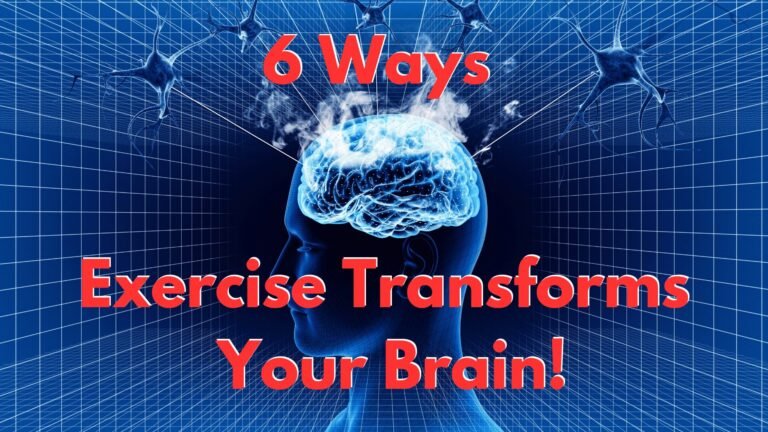
Do you experience muscle cramps during exercise? Here’s Why
Muscle cramps can strike at any time, disrupting your fitness routine and causing discomfort. Understanding the underlying causes and implementing preventive measures is crucial for maintaining optimal performance and preventing these unwelcome interruptions.
Possible causes of exercise-induced muscle cramps
- Dehydration and Electrolyte Imbalances: Dehydration is a common cause of muscle cramps, as it leads to electrolyte imbalances. Electrolytes such as sodium, potassium, calcium, and magnesium play a vital role in muscle function. Cramps occur when electrolytes are depleted or fluid intake is inadequate.
- Fatigue and Neuromuscular Control: Fatigue can disrupt neuromuscular control, leading to involuntary muscle spasms and cramps. Pushing your body beyond its limits without enough rest can increase the risk of cramp during exercise.
- Poor Circulation and Muscular Imbalance: Poor circulation, insufficient stretching, or overuse of certain muscles can also trigger cramps. Tight muscles restrict blood flow, leading to decreased oxygen supply and an increased risk of cramping.
- Nutritional Deficiencies: Nutritional deficiencies, particularly inadequate intake of vitamins and minerals essential for muscle function, can contribute to muscle cramps. Vitamin D and B vitamins, also play vital roles in muscle health and contraction.
How to prevent exercise-induced muscle cramps
- To combat dehydration, ensure you’re consuming sufficient fluids before, during, and after your workouts. Opt for electrolyte-rich drinks like coconut water, watermelon juice, or sports drinks to replenish lost fluids and minerals.
- Incorporating rest days into your workout routine, prioritizing quality sleep, and listening to your body’s signals are essential for preventing fatigue-related cramps. Additionally, gradual warm-up exercises before intense workouts can help prepare your muscles and reduce the likelihood of cramping.
- Incorporating dynamic stretches and foam rolling exercises into your pre-workout routine can help improve circulation and flexibility, reducing the likelihood of cramps. Maintaining a balanced exercise regime that targets all muscle groups can prevent muscular imbalances and minimize the risk of cramping due to overuse.
- Ensuring your diet is rich in nutrient-dense foods such as leafy greens, nuts, seeds, and lean proteins can help prevent deficiencies and reduce the risk of cramps. If necessary, consult with a healthcare professional to determine if supplements are needed to address specific nutrient deficiencies.
Conclusion:
By understanding the potential causes of exercise-induced muscle cramps and implementing preventive strategies, you can minimize the risk of and maximize your workout potential with confidence. Prioritize hydration, adequate nutrition, proper warm-up, and rest to keep muscle cramps at bay and maintain peak performance . Remember to listen to your body and make adjustments as needed to support long-term health and well-being.



